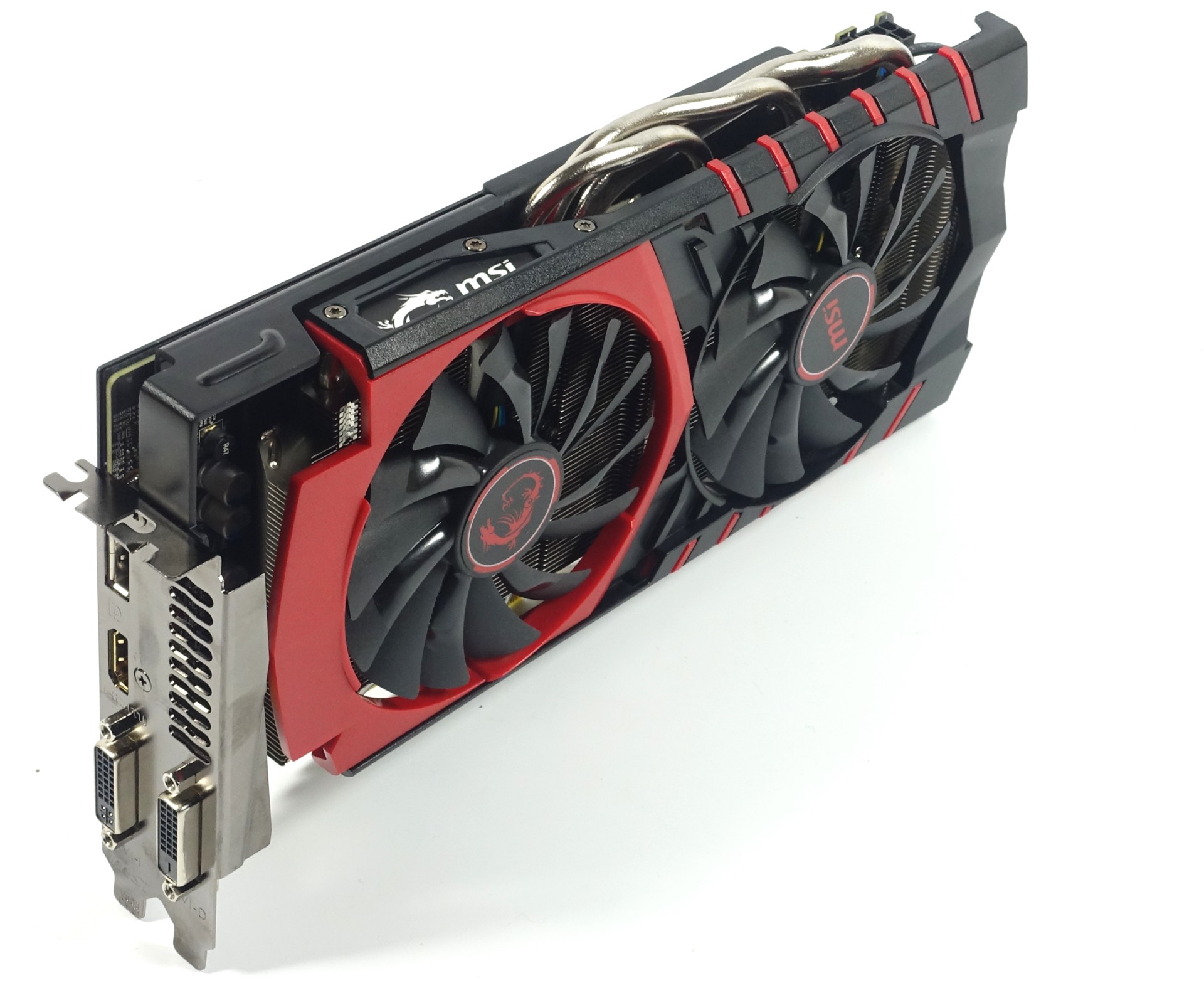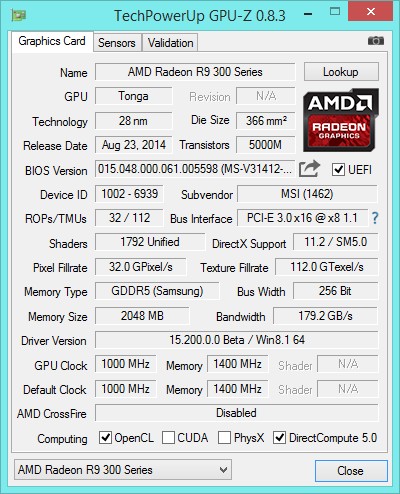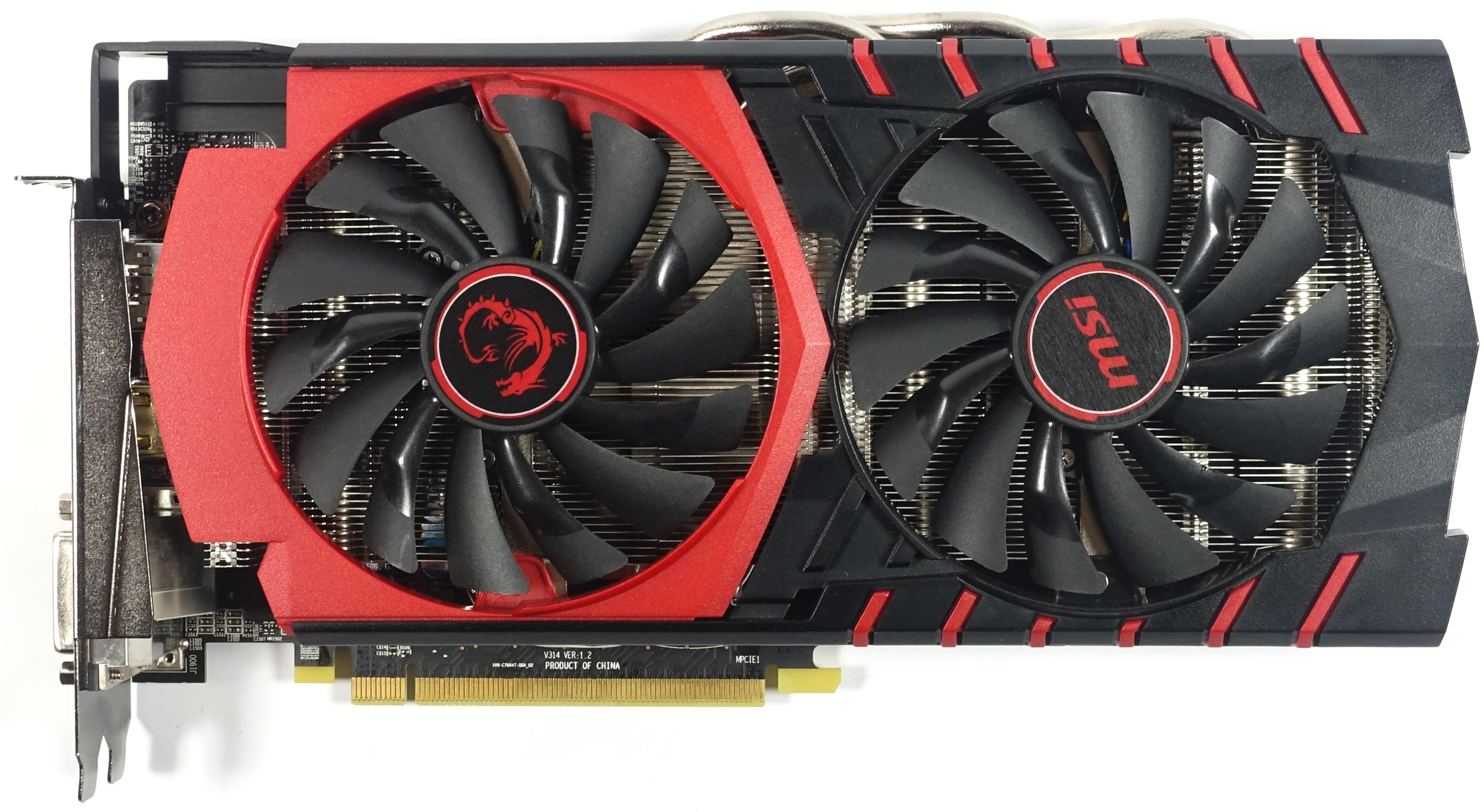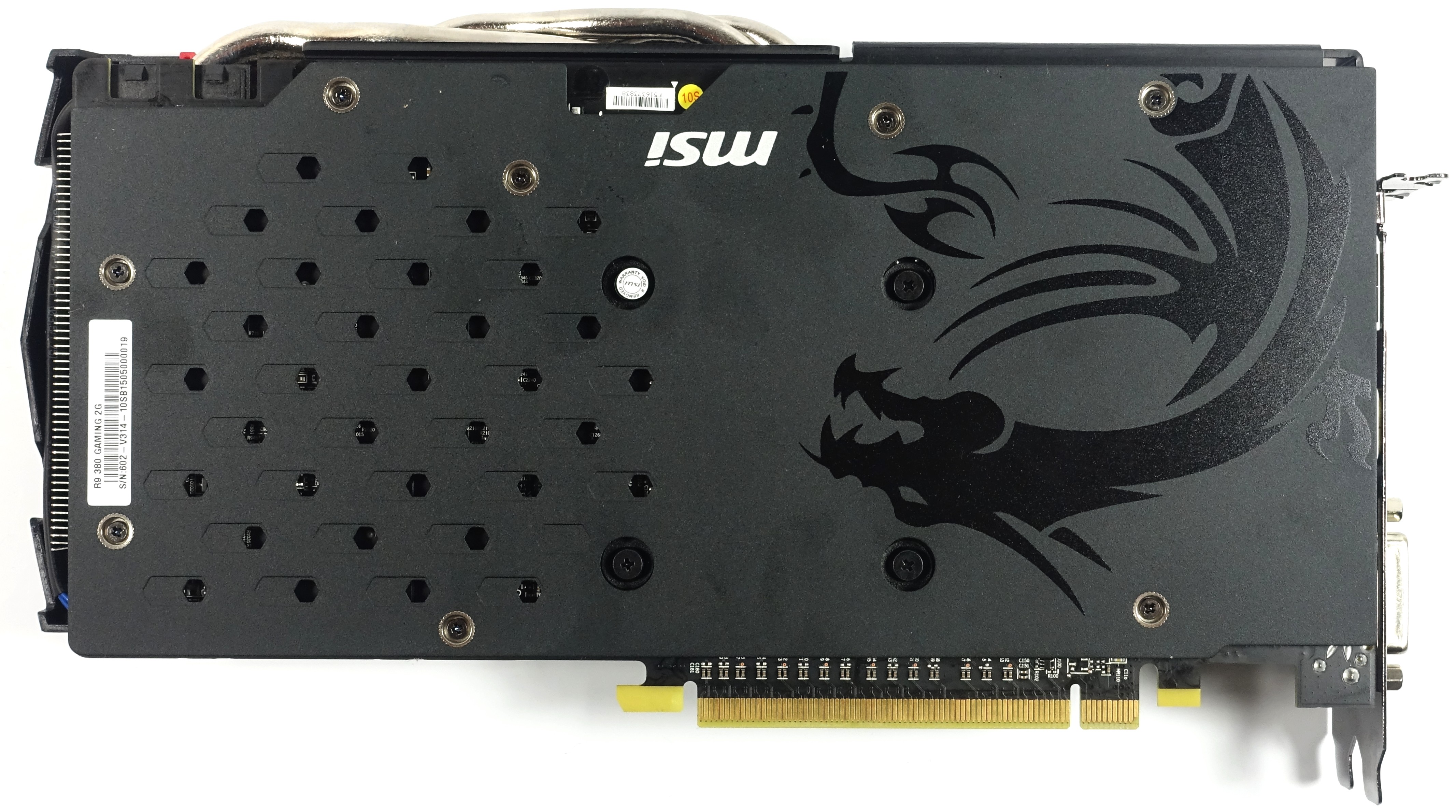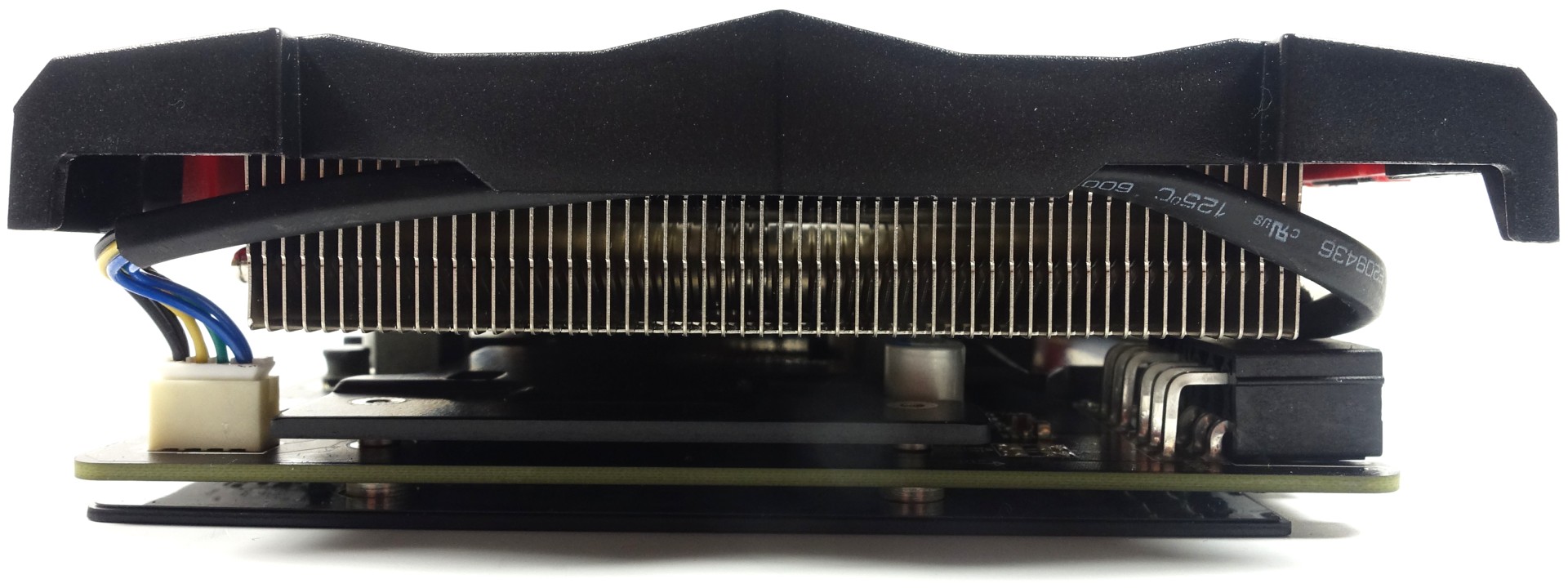AMD Radeon R9 390X, R9 380 And R7 370 Tested
AMD's 300-series Radeons dropped today, and we've got three MSI cards in the lab: the R9 390X Gaming 8G, the R9 380 Gaming 2G and the R7 370 Gaming 2G.
MSI R9 380 Gaming 2G
Tonga reloaded? MSI’s R9 380 Gaming 2G is practically identical to the R9 285 Gaming G2. The “new” version receives a meager 27MHz boost over the 285’s OC mode, which defaulted to 973MHz. It appears that the power target rises as well, which we’ll get to later.
The bottom line is that there’s barely any room for meaningful overclocking. The card maxes out at 1135MHz. An average of five to seven percent more usable performance is paid for with a virtual explosion in power consumption. Our measurements jump above 200W, which just isn’t worth it.
The memory is made by Samsung this time around, and its clock rate goes up a bit from the R9 285 Gaming 2G’s 1375MHz to 1400MHz. We were able to overclock it safely all the way to 1500MHz. Anything above that just wasn’t stable over longer time periods. Here’s an overview of the technical specifications:
| MSI R9 390X Gaming 8G | |
|---|---|
| GPU Clock Frequency: | Stock: 1000MHzMaximum Stable OC: 1135MHz |
| Memory Clock Frequency: | Stock: 1400MHzMaximum Stable OC: 1500MHz |
| Cooler: | Zero Frozr, Two Fans (94mm Fan Blades)1x 8mm Heat Pipe + 4x 6mm Heat Pipe (Nickel-Plated)Horizontal Fins, Two Axial Fans, Semi-Passive OperationBlack Back Plate with Small Openings without Cooling Functionality |
| Connectors: | 1x DVI-I (with Analog Signal), 1x DVI-D, 1x HDMI, 1x DisplayPort |
| Power Supply: | 2x 6-Pin PCIe |
| Measured Power Consumption: | 12W (Idle)184W (Gaming)234W (Stress Test) |
| Installed Dimensions (L x H x D): | 26.8 x 13.5 x 3.5 cm + 0.5cm Back PlateRequires Two Slots |
| Weight: | 848g |
| MSRP: | Unknown |
Again, the data provided by GPU-Z doesn’t present us with any surprises. The changes from the graphics card’s predecessor are largely cosmetic in nature.
It’s too bad that Tonga XT with its 2048 shader units is an Apple-exclusive. AMD traded an immediate influx of money for the chance to give PC enthusiasts something new to talk about. This decision is now coming back to haunt AMD’s partners and customers outside of the Mac universe. More so than any other card introduced today, Tonga XT had the potential to make a splash.
The cooler found under the slightly modified cover is really just an update to the previous design rather than something new. However, the position of the heat pipes is changed so that there’s one central 8mm heat pipe and four additional 6mm heat pipes on the side.
The back plate is screwed to the card just like the one on its bigger sibling. It also serves the same function, which is to say that it looks nice and stabilizes the card’s PCB. Without thermal pads, it can’t help draw heat away from the board.
Get Tom's Hardware's best news and in-depth reviews, straight to your inbox.
We can see from the bottom that the VRM is cooled by a flat plate that has to make do with the airflow that comes through the thermal solution above it.
The two 6-pin power connectors are familiar from AMD’s Radeon R9 285, but the 225W specification is now surpassed a bit during full load and stress test scenarios. The card stays well under this number during gaming, though.
The graphics card uses horizontal cooling fins, which makes sense for a cooler body that consists of a single block and not as much waste heat. Some of that thermal energy can be exhausted out the back of the I/O panel this way.
This graphics card also has a single UEFI BIOS. In contrast to its bigger sibling, there’s an analog signal coming from the DVI-I connector. But the second DVI connector is digital-only. In addition, there’s one HDMI and one DisplayPort connector.

Igor Wallossek wrote a wide variety of hardware articles for Tom's Hardware, with a strong focus on technical analysis and in-depth reviews. His contributions have spanned a broad spectrum of PC components, including GPUs, CPUs, workstations, and PC builds. His insightful articles provide readers with detailed knowledge to make informed decisions in the ever-evolving tech landscape
-
Grognak 390X at 4K is the only one showing anything that could be called an improvement and that's entirely due to the additional RAM, which you can already get on a 290X. I fear for the future.Reply -
envy14tpe Again I am left disappointed....AMD please stop doing this to me. So what I learned is the 390X is the same as the 290X at 1440p or below (which is 95% or more of gamers) and the 390X only excels at 4k but still only on par with the 980 (non ti). Looks like I'm abandoning AMD for my next GPU. damn it.Reply -
FormatC ReplyWhy did you ignore 390?
I can only test what I have. Too less samples :(
The 390X is'nt a bad card per se - it depends a lot at the price and your personal preferences. -
fudoka711 Wait, I think I'm misunderstanding something. Is the 390x a rebranding of the 290x, but costing $100 more??Reply -
HideOut ReplyNice to see 980 Ti still stomps everything, glad I bought one... a wise investment!
These are rebadge cards, their new cards are due out in days. Fanboy -
de5_Roy MSI R9 390X Gaming 8G's texture fillrate in the spec table (1st page) may have been incorrect. the gpu-z screeny shows 193.6 GTexels/sec.Reply
